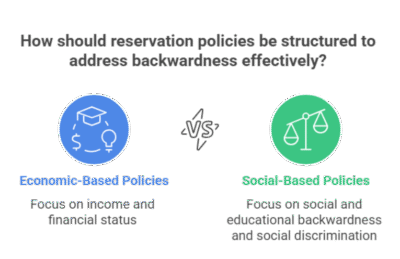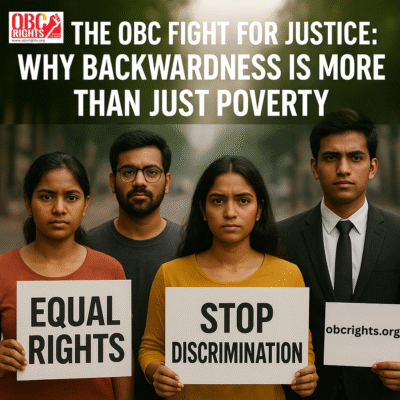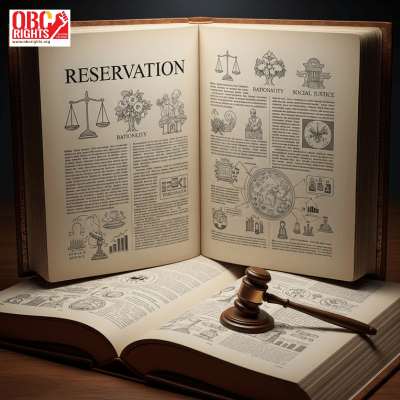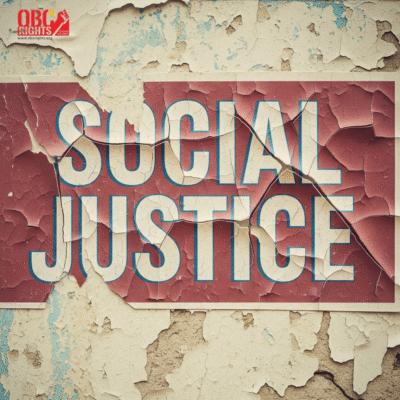For decades, India has debated who truly deserves reservation. The popular belief is that poverty should be the main factor in deciding who needs support. But that view completely misses the point of the OBC fight. This struggle is not just about economic hardship—it’s about dismantling deep-rooted social and educational discrimination that has lasted generations.
The Real Meaning of the OBC Fight
When the Mandal Commission laid the groundwork for OBC reservation, it didn’t base its recommendations on the basis of income alone. It identified social and educational backwardness as the key reasons why Other Backward Classes (OBCs) needed constitutional protection. But, now this definition is under threat.
The introduction of the 10% EWS quota—based entirely on income— demolished the above-mentioned principle. It ignores how caste privilege works even among the poor. Many OBCs, despite having a low income, are blocked by outdated rules like the “creamy layer” and denied of access to benefits. This creates a dangerous assumption: that being poor is the only disadvantage worth addressing.
Caste Discrimination is More Than Just Financial
In India’s classrooms, courtrooms, and boardrooms, OBCs remain visibly underrepresented. Even those who earn slightly more than the creamy layer threshold still face social stigma, bias, and exclusion. Their names, accents, and hometowns often speak louder than their degrees.
The OBC fight is about making sure these barriers are exposed and acknowledged—not hidden under the cover of economic status. Financial aid might help some, but without addressing systemic bias, social and educational backwardness, equality remains out of reach.

Policy Gaps That Hurt the OBC Struggle
Several policy failures continue to weaken the core of OBC empowerment. First, the income cap for the creamy layer hasn’t been updated to match inflation or living standards. Second, sub-categorization of OBCs, recommended by the Rohini Commission, remains pending—leaving marginalized castes within OBCs with little to no share of the benefits.
Adding to this, caste-based data is missing. India still hasn’t conducted a proper nationwide caste census, despite repeated demands. Without facts, policy is built on guesswork. And that guesswork often leaves OBCs behind.
What the OBC Fight Needs Now
The way forward is clear. First, understand the vision of the reservation and the Constitutional Guarantee. Update the creamy layer formula to reflect real backwardness, not arbitrary income levels. Second, implement sub-categorization so that benefits are shared fairly within OBC communities. Third, conducting a caste census is essential for making data-driven policy choices. Lastly, educate the public on why reservation exists—not just as poverty relief, but as a tool of social justice.
Most importantly, this movement needs a unified, strong voice. From students to civil society, the push for equal opportunity must grow stronger. Because the OBC fight is about more than reservation—it’s about dignity, justice, and true equality.
Final Thought
Until we stop reducing backwardness to just bank balances, justice will remain incomplete. The OBC fight is not asking for special treatment—it’s asking for recognition, fairness, and a future where no one is left behind simply because of where they come from.



